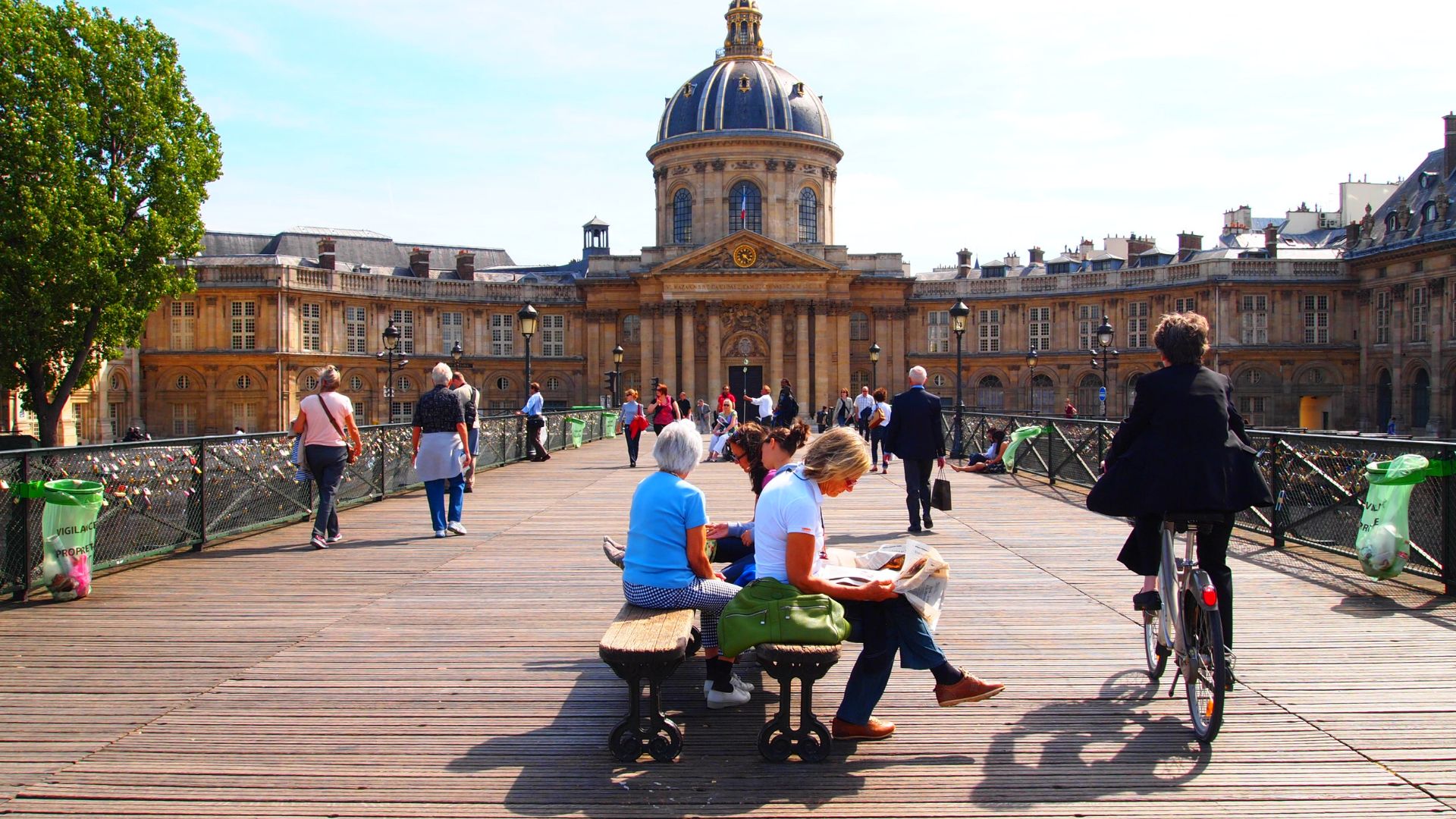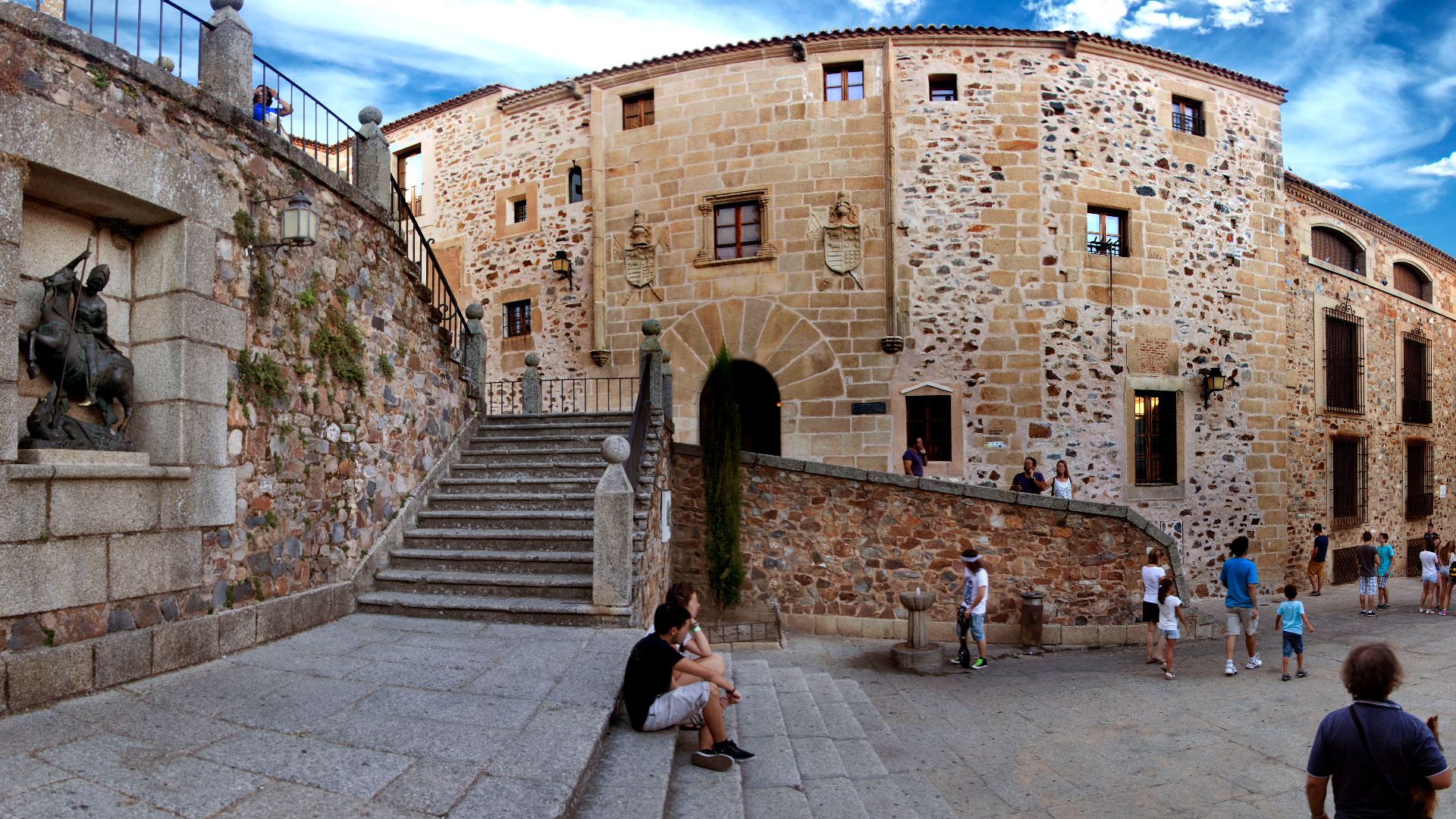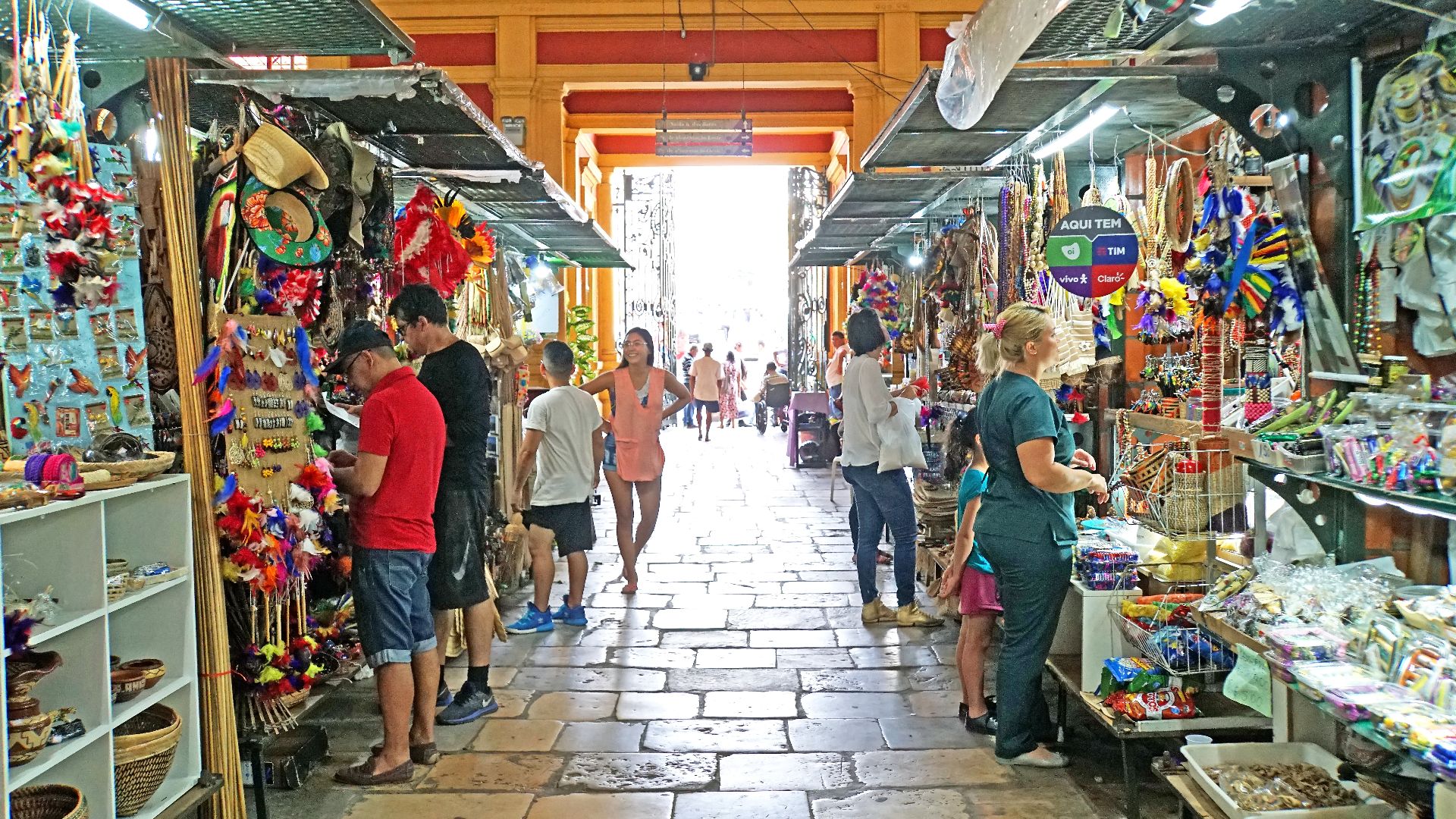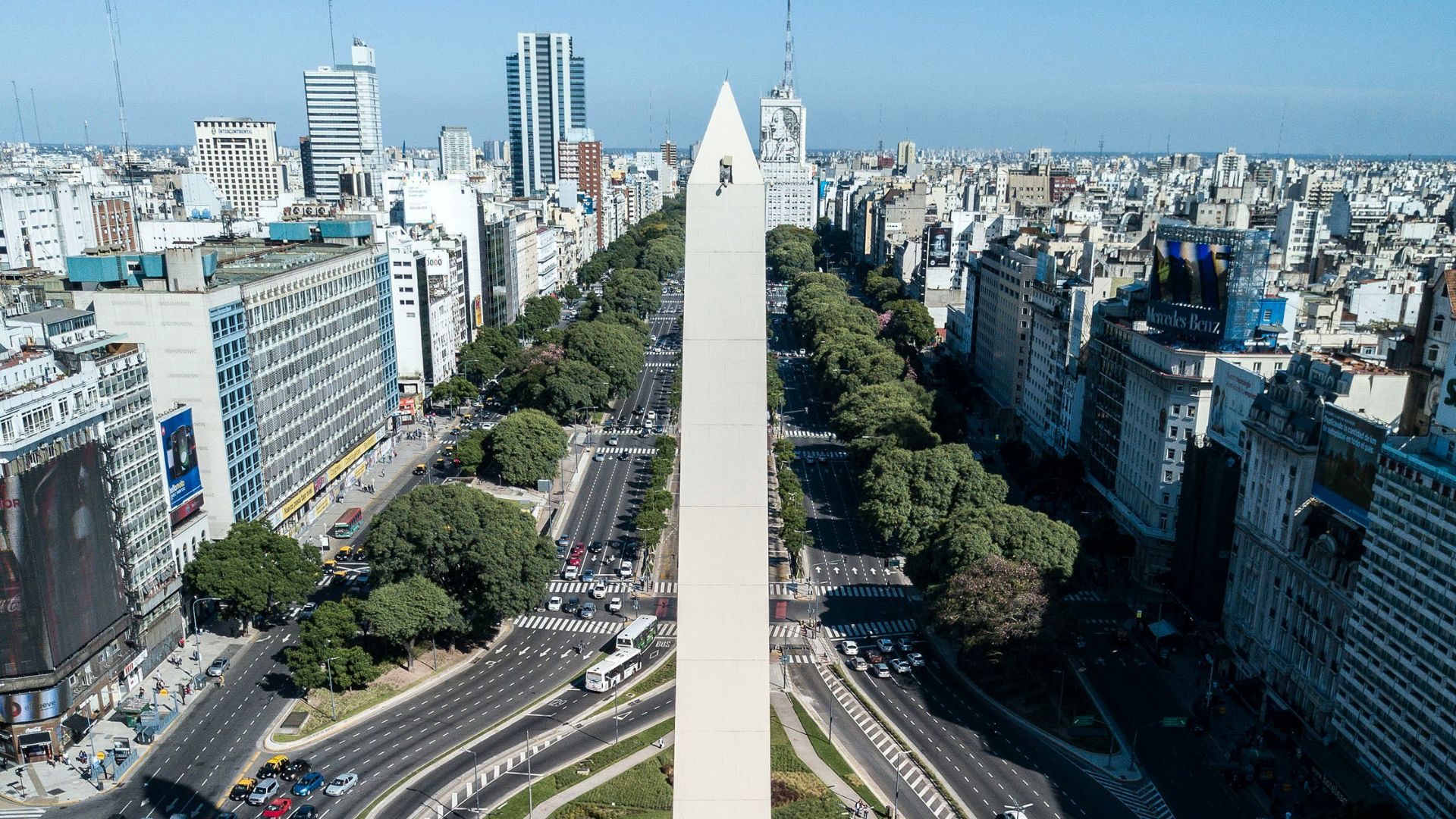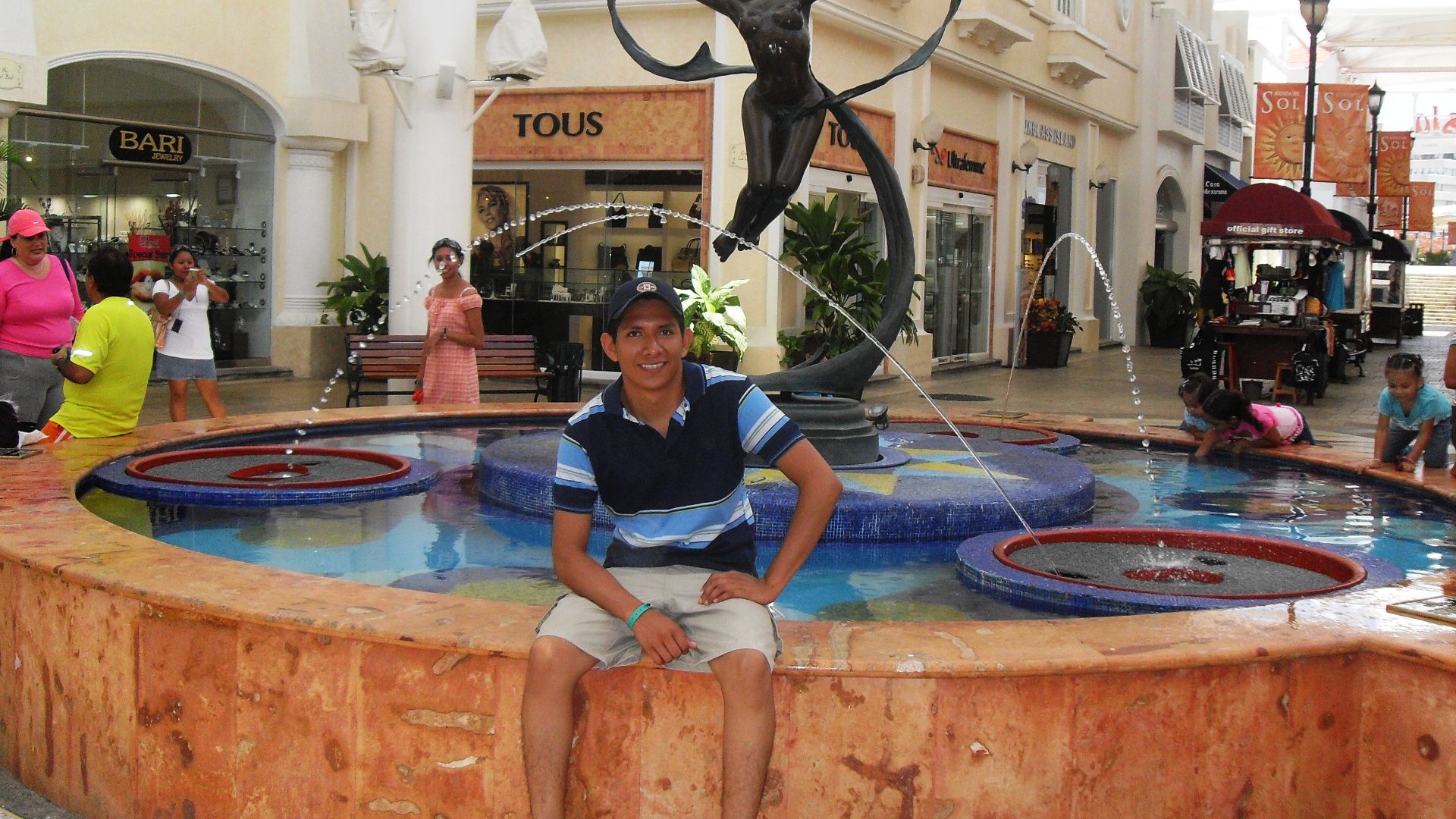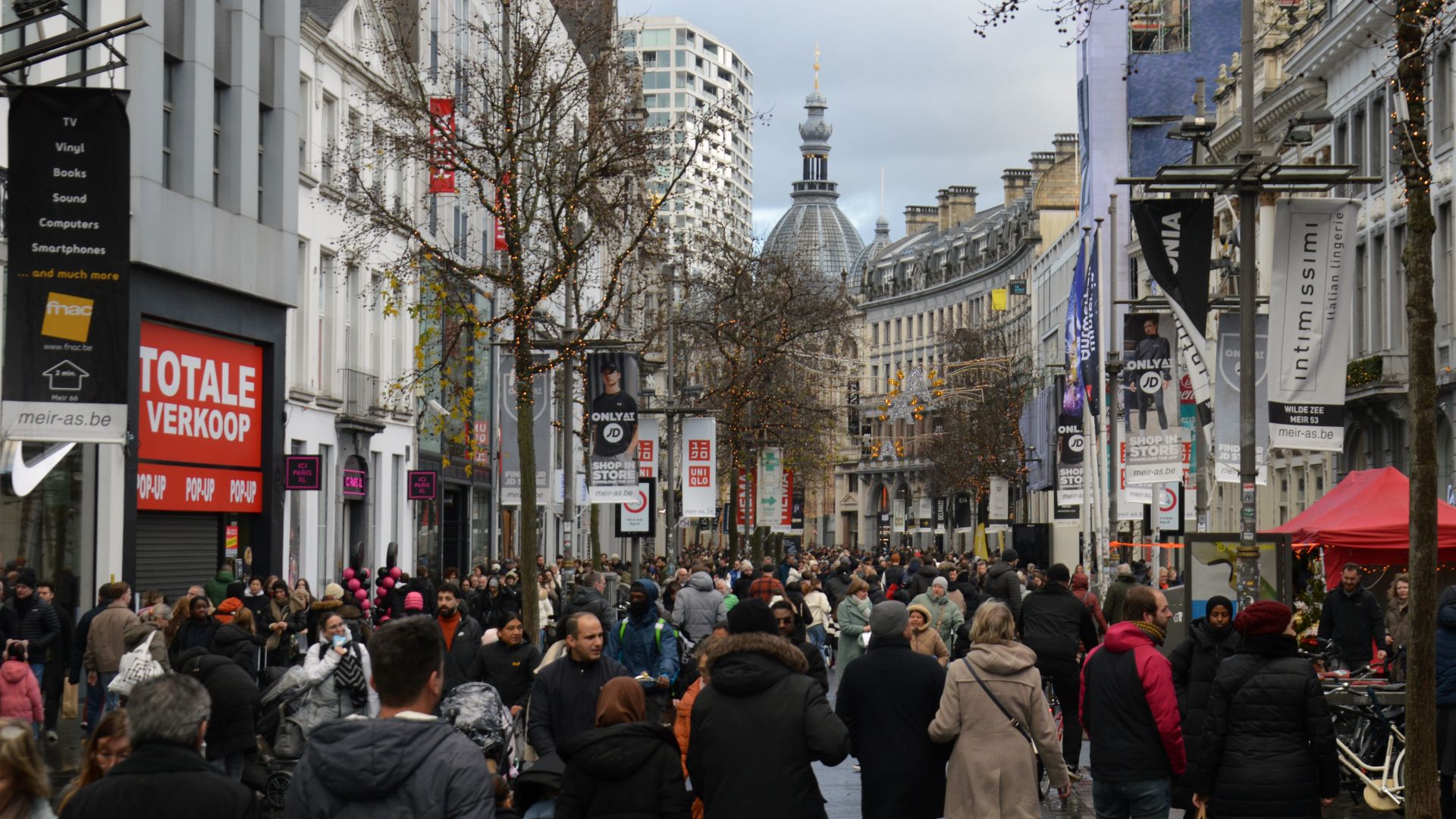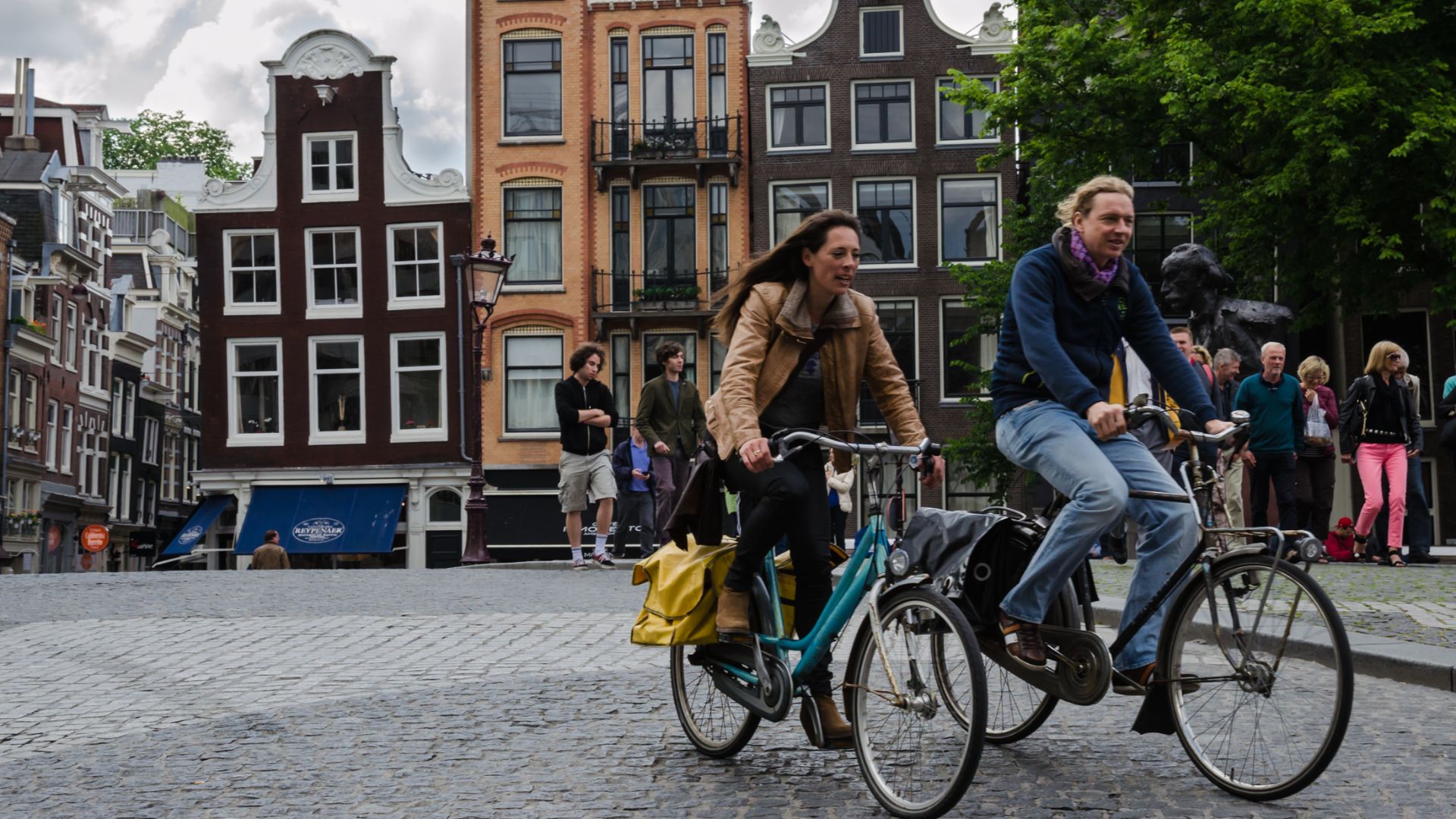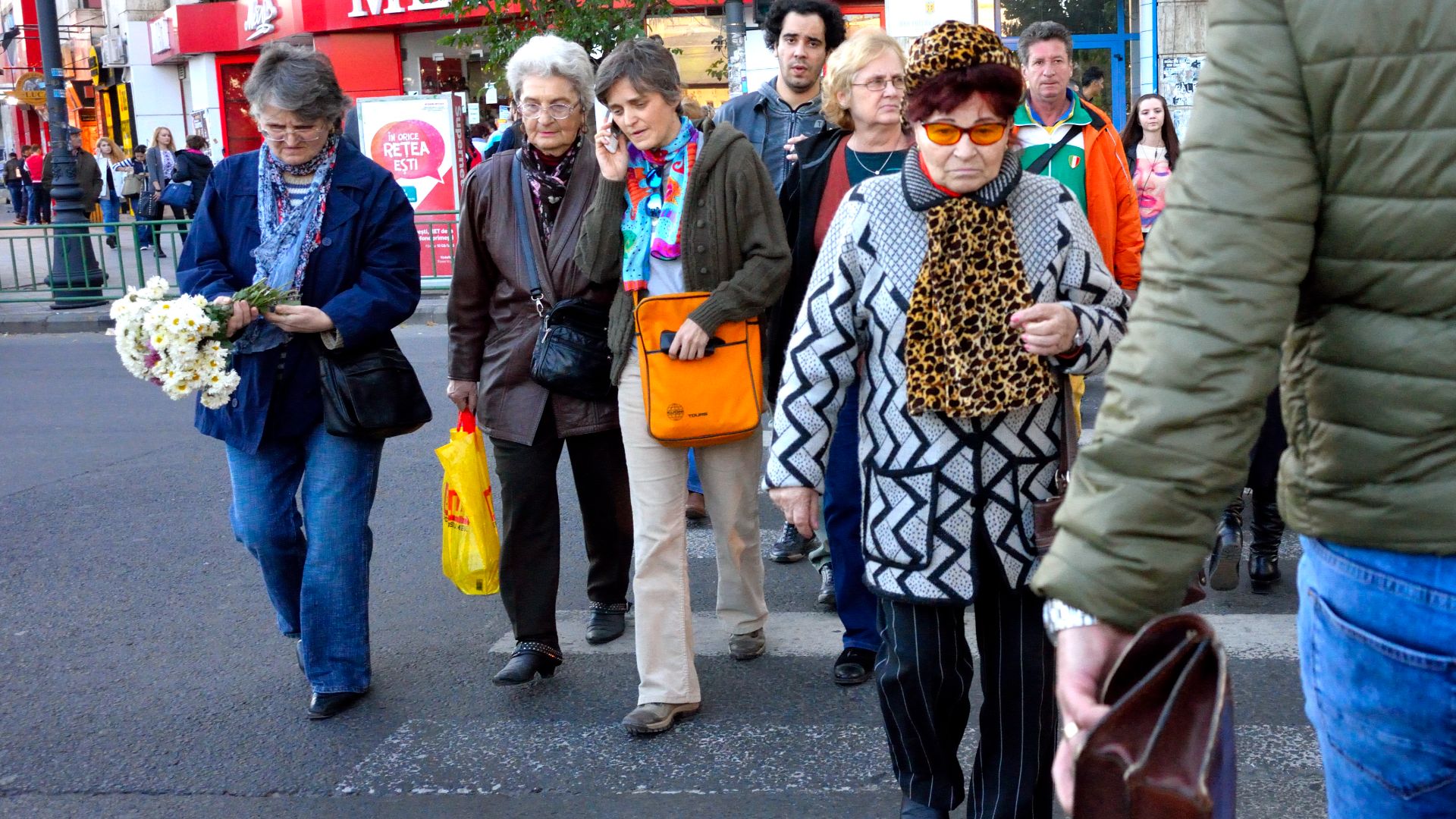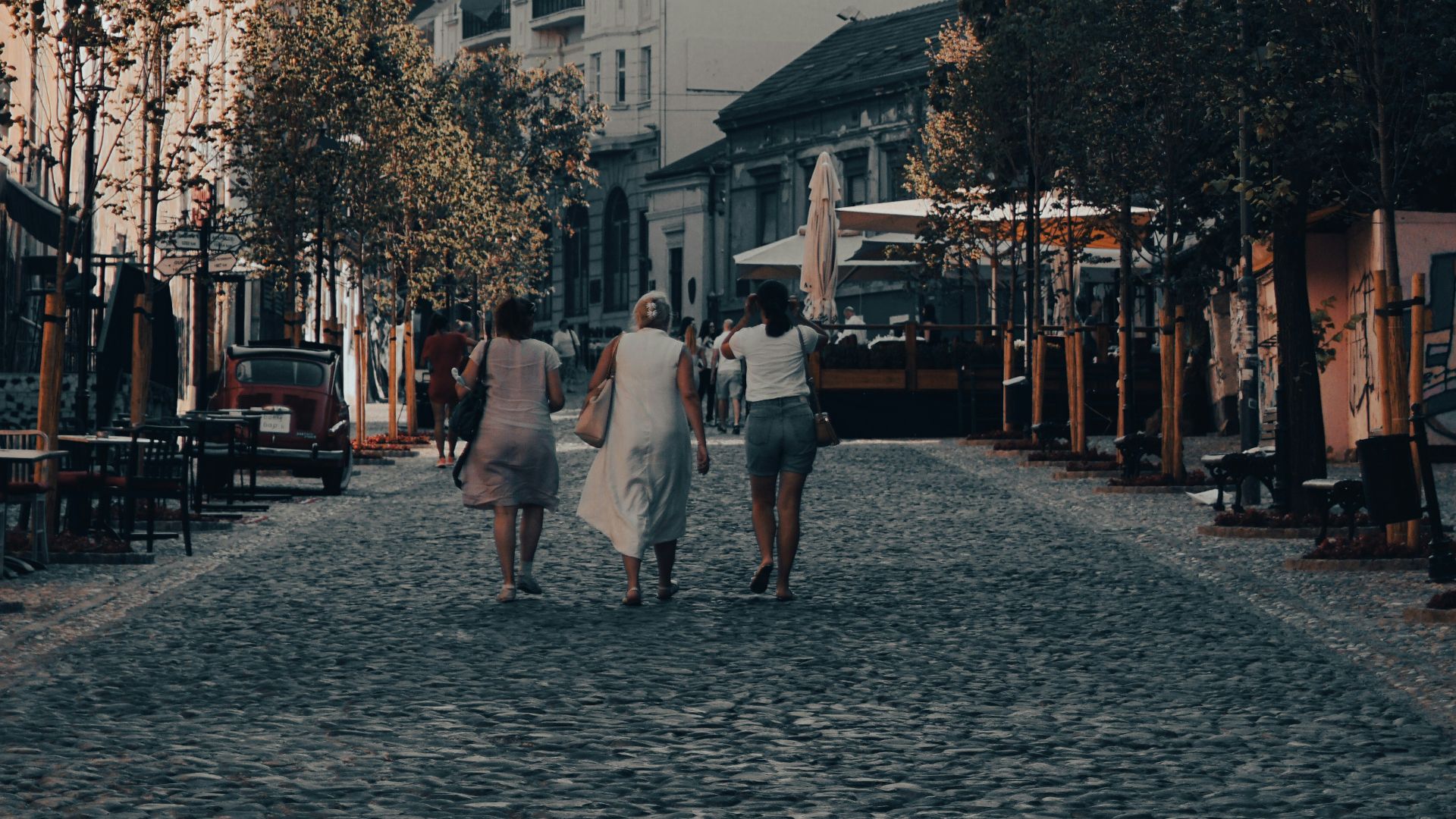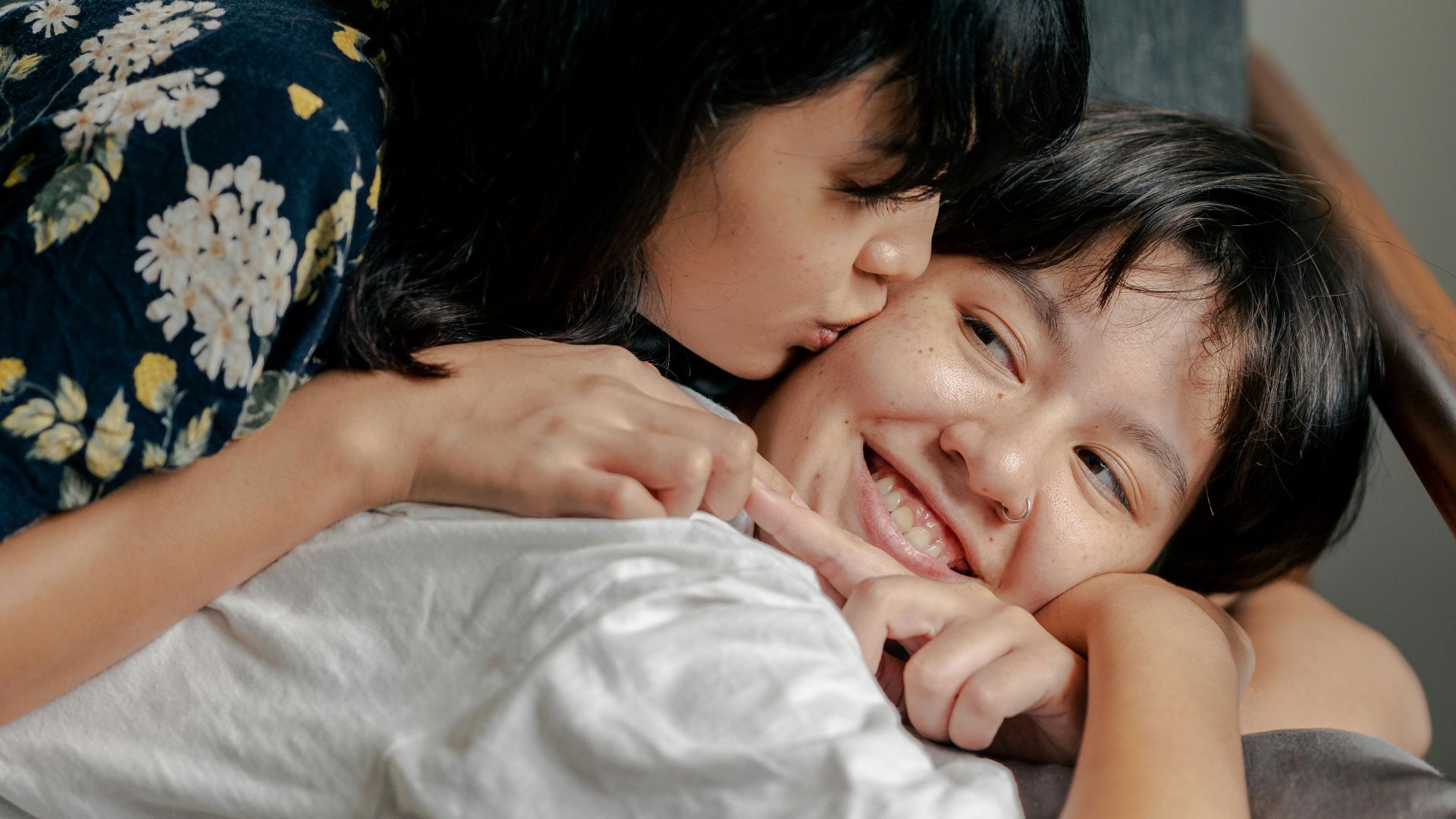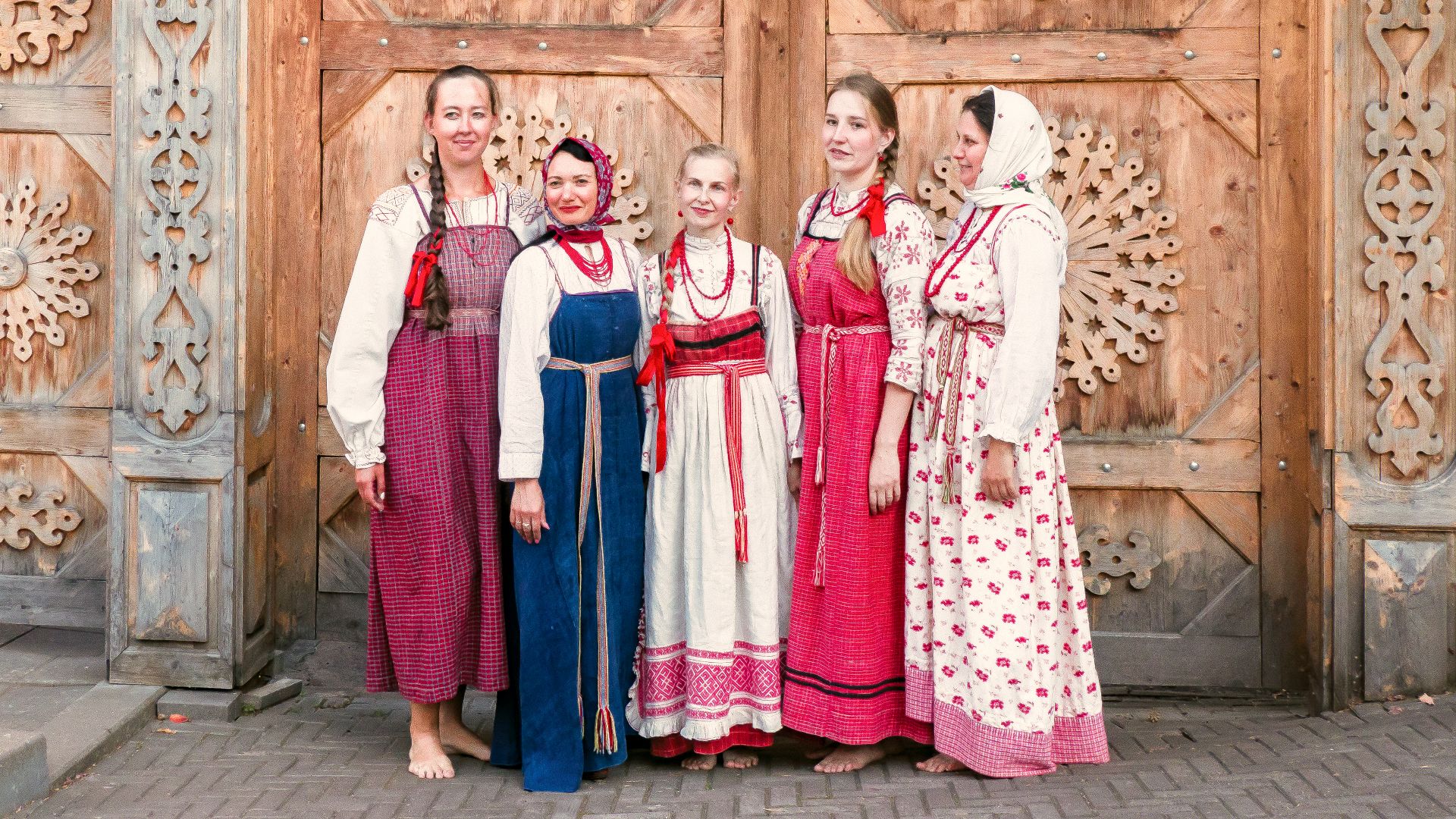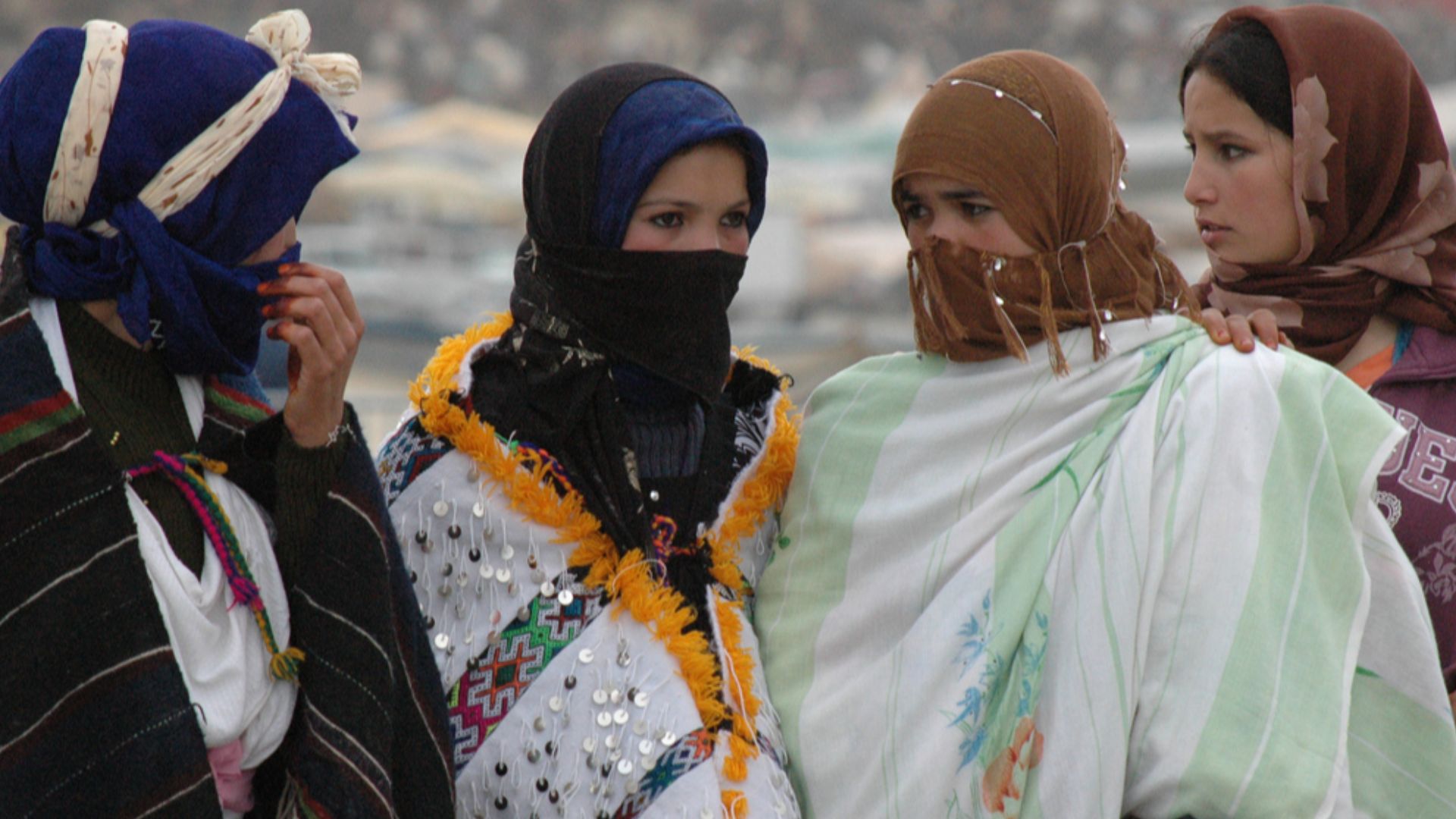Greetings That Lean In Close
Not every greeting needs words. In some places, a quick kiss on the cheek says everything. It’s instinctive and often expected. These customs shift with region and age. They tell you who belongs and who's polite. So, let’s walk through 20 places where kissing hello is just part of saying hi.
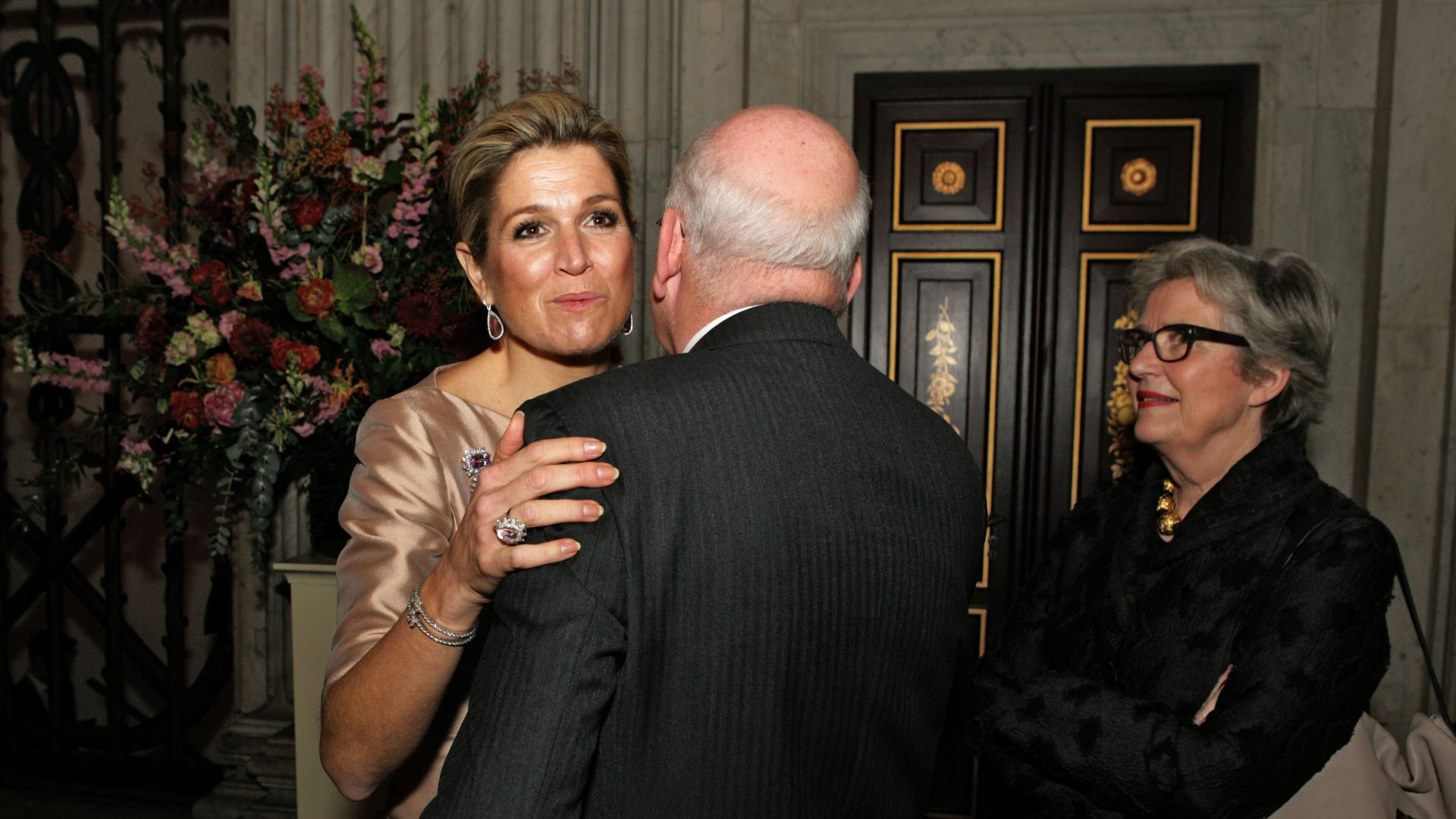 John Turing for Stichting Praemium Erasmianum on Wikimedia
John Turing for Stichting Praemium Erasmianum on Wikimedia
1. France
In a French street, a la bise might greet you before words do. Friends exchange two to four cheek kisses, depending on the region. Paris tends to go with two. In Provence, expect three. It’s a rhythm of routine rooted in centuries-old expressions of kinship.
2. Spain
Tradition meets ease when Spaniards greet you with two quick kisses—right cheek first. It’s not reserved for close friends; even casual acquaintances might lean in. Social cues are strong here: men usually kiss women, not each other. However, Catalonia may skip it altogether in fast-paced, urban encounters.
3. Italy
The gesture says more than words in Italy. Cheek kissing—two light touches, left then right—is as automatic as an espresso after lunch. Whether at a family gathering or reuniting with old classmates, the greeting conveys trust and emotional openness. Southern Italians are especially known for initiating the gesture warmly.
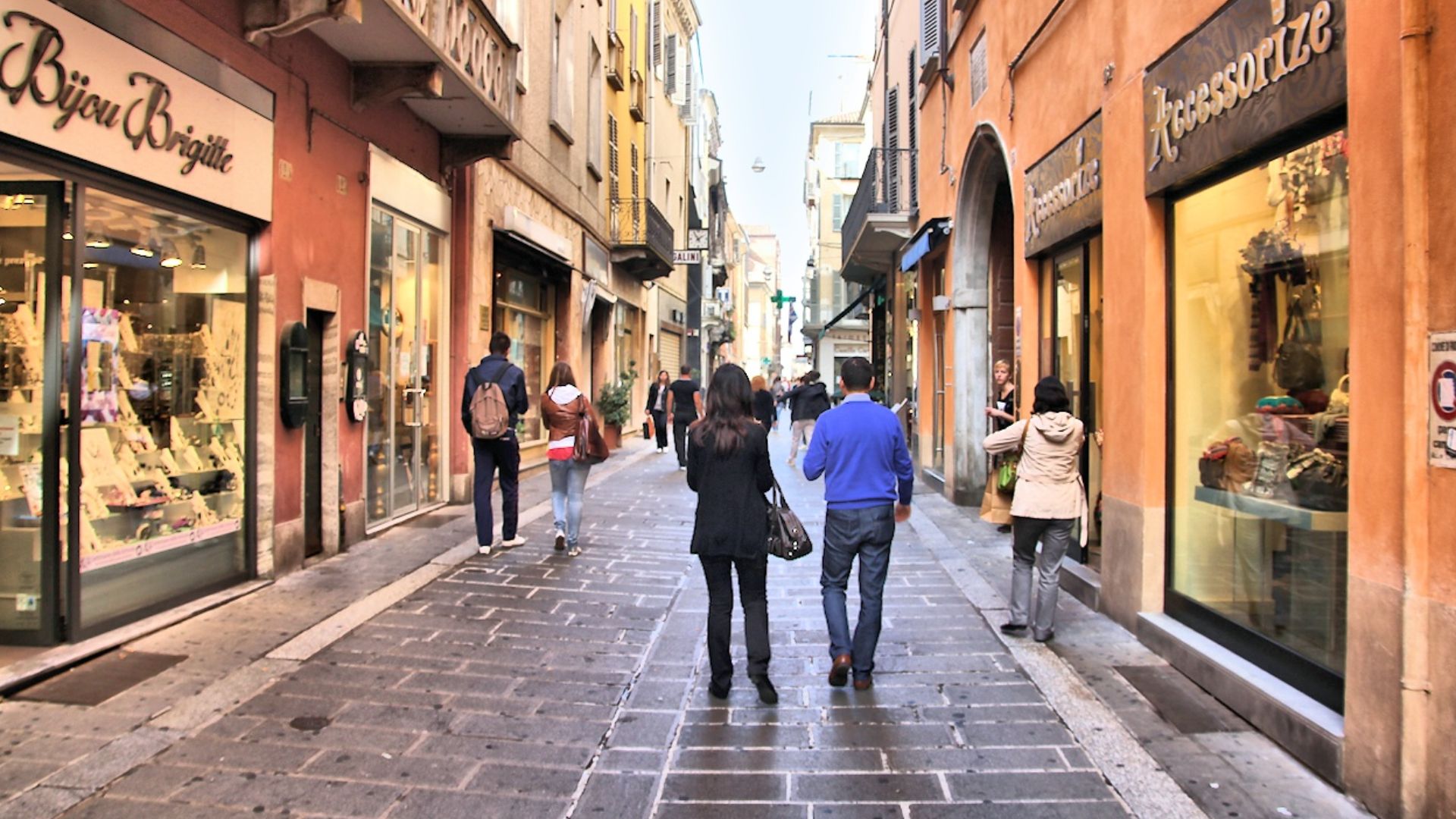 Marek Ślusarczyk (Tupungato) Photo gallery on Wikimedia
Marek Ślusarczyk (Tupungato) Photo gallery on Wikimedia
4. Brazil
In Brazil, geography shapes greetings. São Paulo might offer one kiss, while Rio gives two. Occasionally, you’ll get three—especially at weddings. Women almost always participate; men do so selectively, often among relatives. TV presenters often model cheek-kissing norms live, and this subtly reinforces regional standards.
5. Argentina
Kissing between men is perfectly normal in Buenos Aires. A single kiss on the cheek bridges gender norms and generations. Soccer teammates and even politicians embrace it. During Argentina's 1980s democratic transition, this custom surged—possibly as a symbolic step toward unity. Expect it in formal receptions and casual settings.
6. Colombia
Greetings in Colombia lean on a single, gentle kiss—more of a cheek brush than contact. Don't expect it in business meetings, though; it thrives in casual and family circles. Even toddlers grow up mimicking the motion. Bogotá and Medellín, while urban, remain strongholds of this informal gesture.
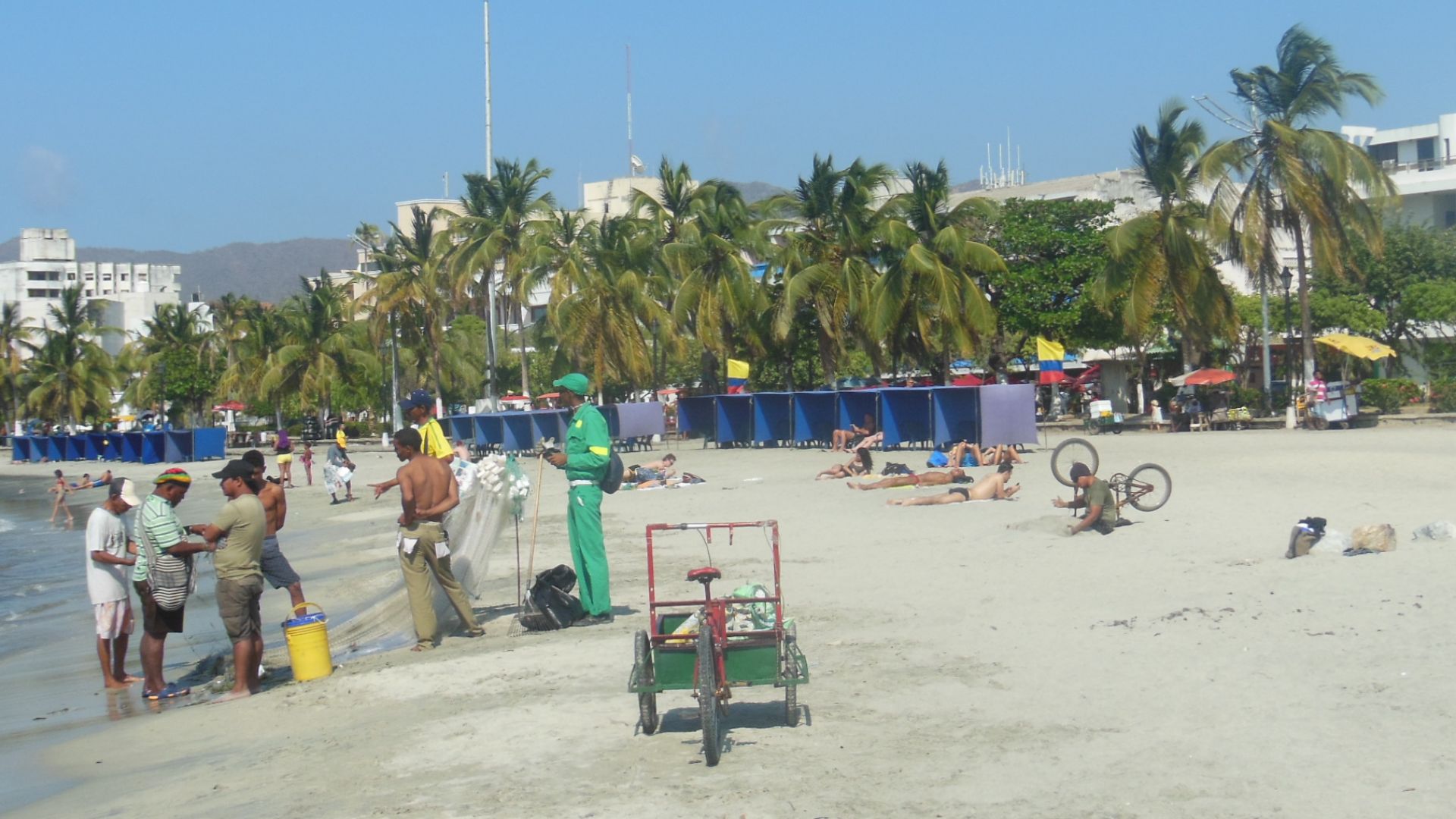 Alvaro Santamaria R. on Wikimedia
Alvaro Santamaria R. on Wikimedia
7. Mexico
In Mexico, cheek kissing starts young and lingers for life. One kiss—usually on the right cheek—opens most friendly encounters. It's not gendered or romantic. Watch public plazas: schoolgirls and coworkers alike greet in this way. In professional spaces, expect handshakes first, but kisses often follow with familiarity.
8. Belgium
The region determines the rhythm. In Flanders, it’s one kiss, but in Wallonia, three. Family gatherings sound like a metronome of cheekpecks. Interestingly, Belgians often initiate this even during first meetings, especially if introduced by a mutual friend. Formal events often signal the transition with a light touch and nod.
9. Netherlands
Dutch culture favors balance, and greetings reflect that—three cheek kisses, alternating sides, are typical between friends and family. The pace is relaxed, and men often avoid it unless related. During birthdays or holidays, these kisses multiply as relatives rotate through packed living rooms.
10. Switzerland
Geneva residents might give you three kisses; in Zurich, you'll likely receive two. But timing and eye contact matter more than numbers. A brief pause between each kiss shows intention and care. Strangers won't offer them as this tradition stays firmly within personal and extended social circles.
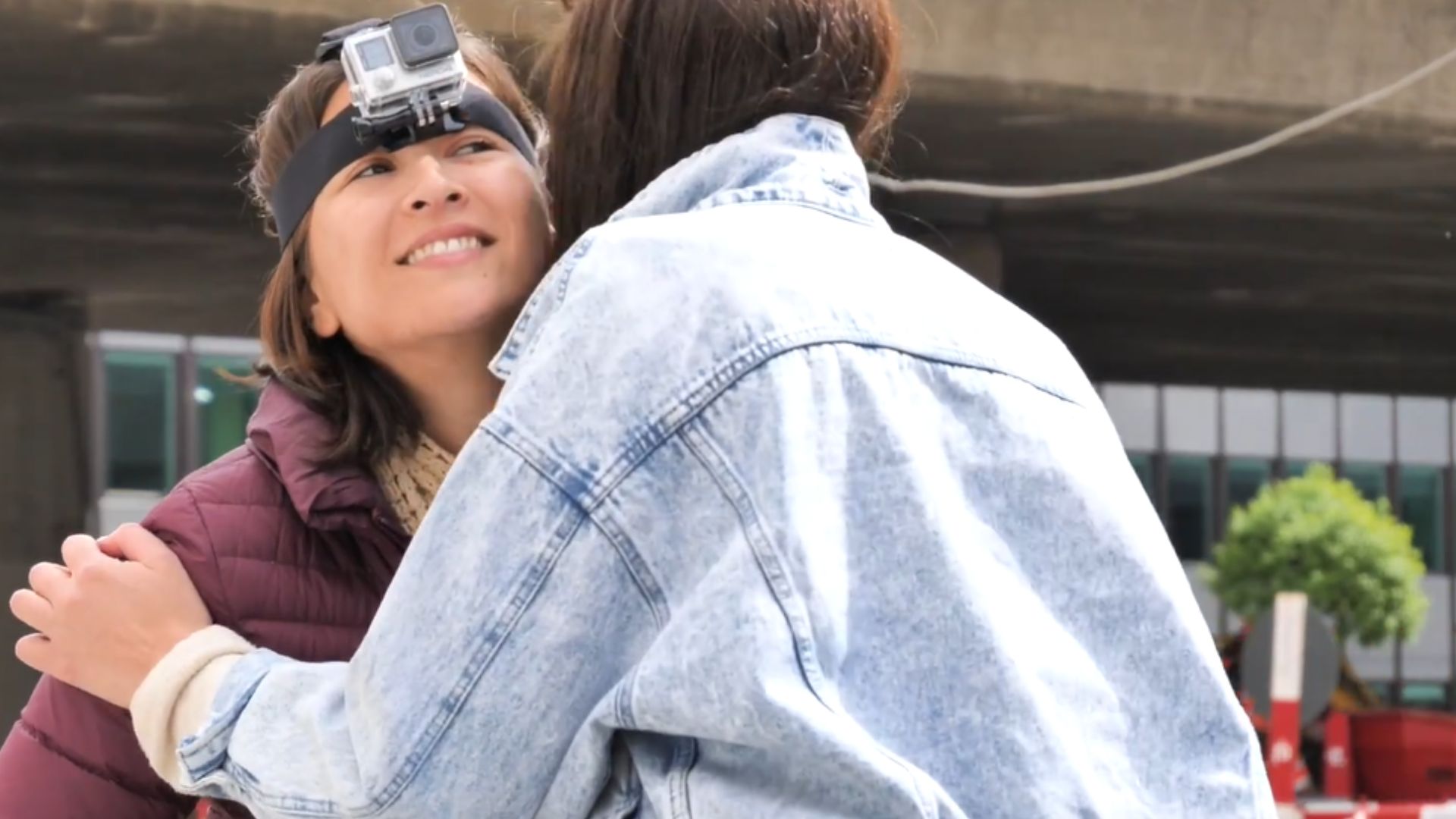 Three kisses or a hug? Greeting people in Switzerland by watson News – Reports and Entertainment
Three kisses or a hug? Greeting people in Switzerland by watson News – Reports and Entertainment
11. Lebanon
Holiday gatherings in Beirut are a flurry of movement and kisses. Among women and family friends, two or three cheek kisses feel natural. They usually begin on the left side. Men participate too, especially with close male relatives, but often combine it with hugs or shoulder pats.
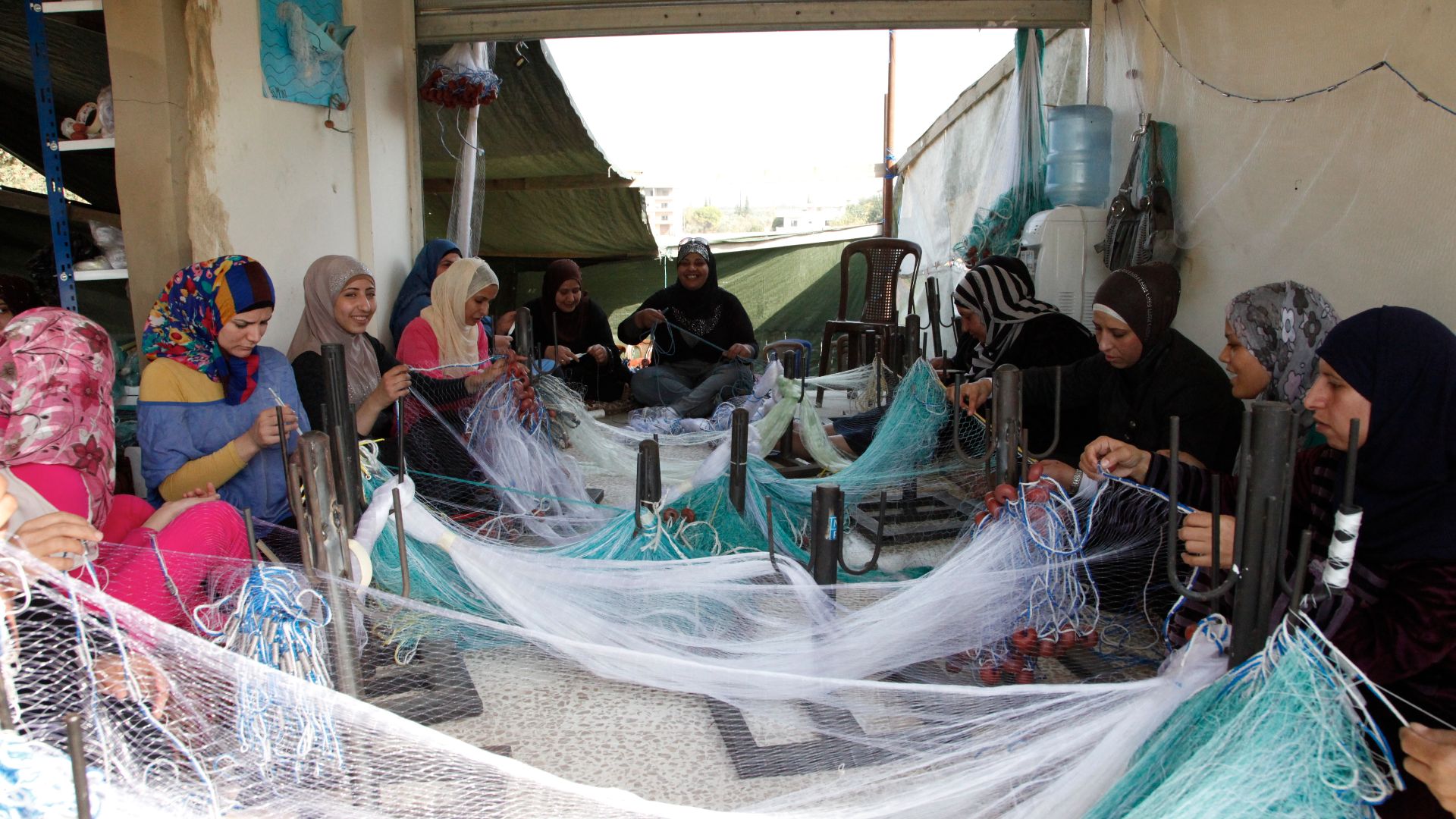 DFID - UK Department for International Development on Wikimedia
DFID - UK Department for International Development on Wikimedia
12. Turkey
There's poetry in the Turkish greeting: cheeks touched lightly, first right then left, followed by a shared smile. It's intimate but widespread, from family kitchens to city sidewalks. Some men even add a respectful forehead press. Age often dictates how warmly or formally it's delivered.
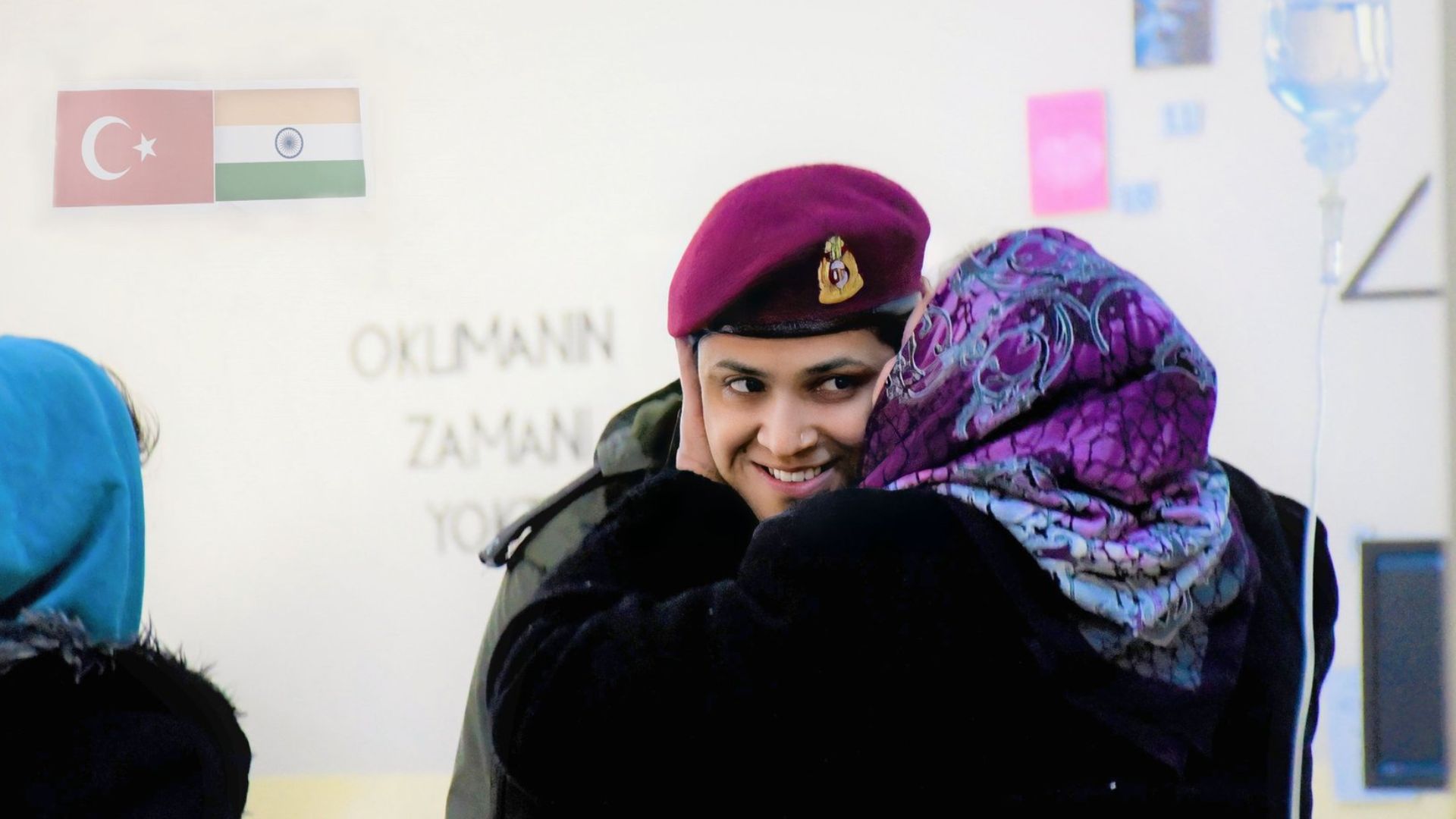 Additional Directorate General of Public Information Indian Army on Wikimedia
Additional Directorate General of Public Information Indian Army on Wikimedia
13. Greece
Hospitality reigns in Greece, and cheek kissing plays its part. Often used between close friends or female acquaintances, it begins with a quick lean to the right. The gesture traces back to filoxenia—the ancient practice of honoring guests. A hearty hug might follow among relatives.
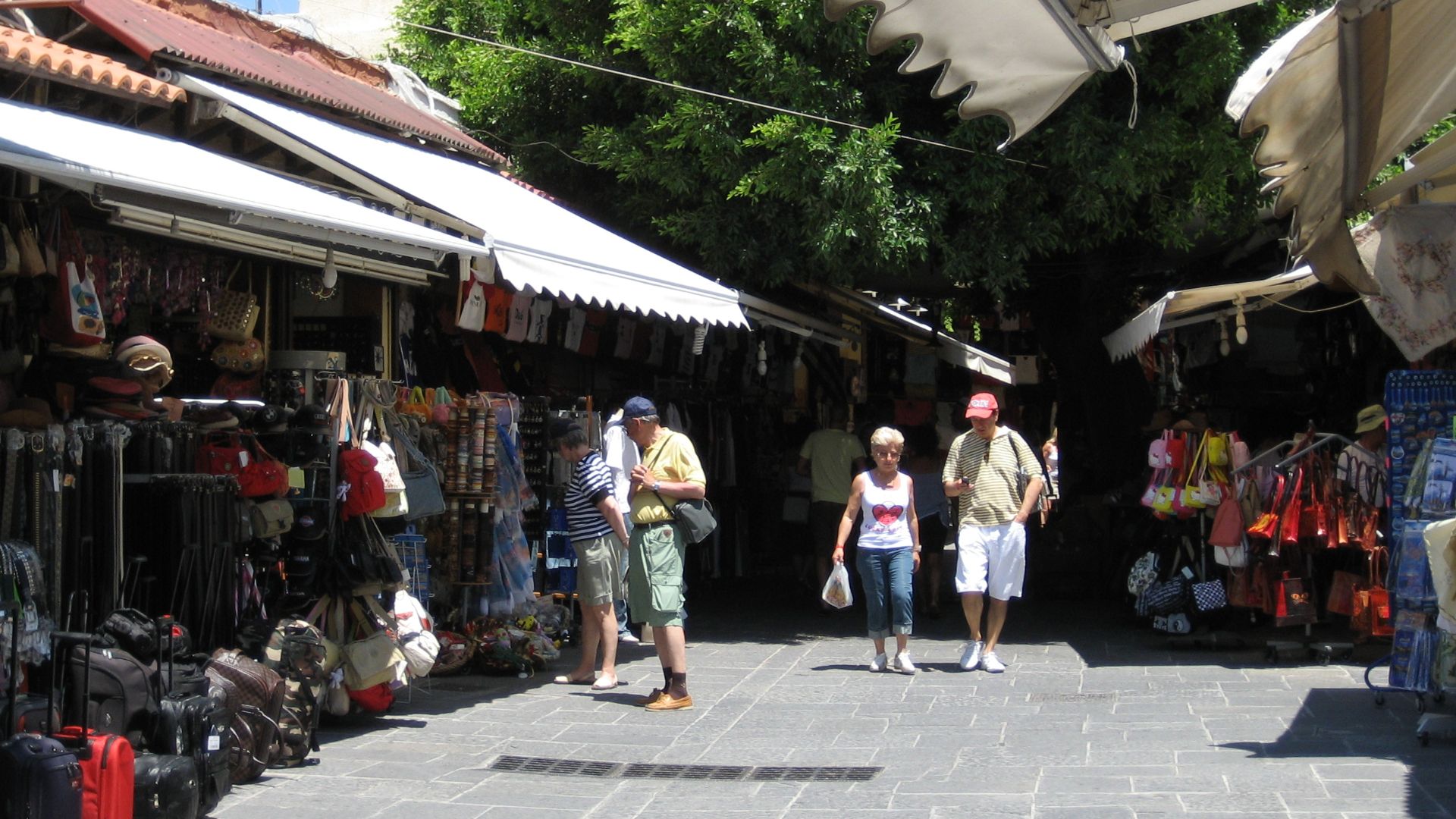 Joe Ross from Lansing, Michigan on Wikimedia
Joe Ross from Lansing, Michigan on Wikimedia
14. Portugal
You'll spot it on Lisbon streets and village markets alike: women exchanging two swift kisses, often without touching skin. It's the right cheek first. Men greet women this way, but with men, they may opt for handshakes unless they are very familiar. Northern Portugal leans more heavily into this ritual.
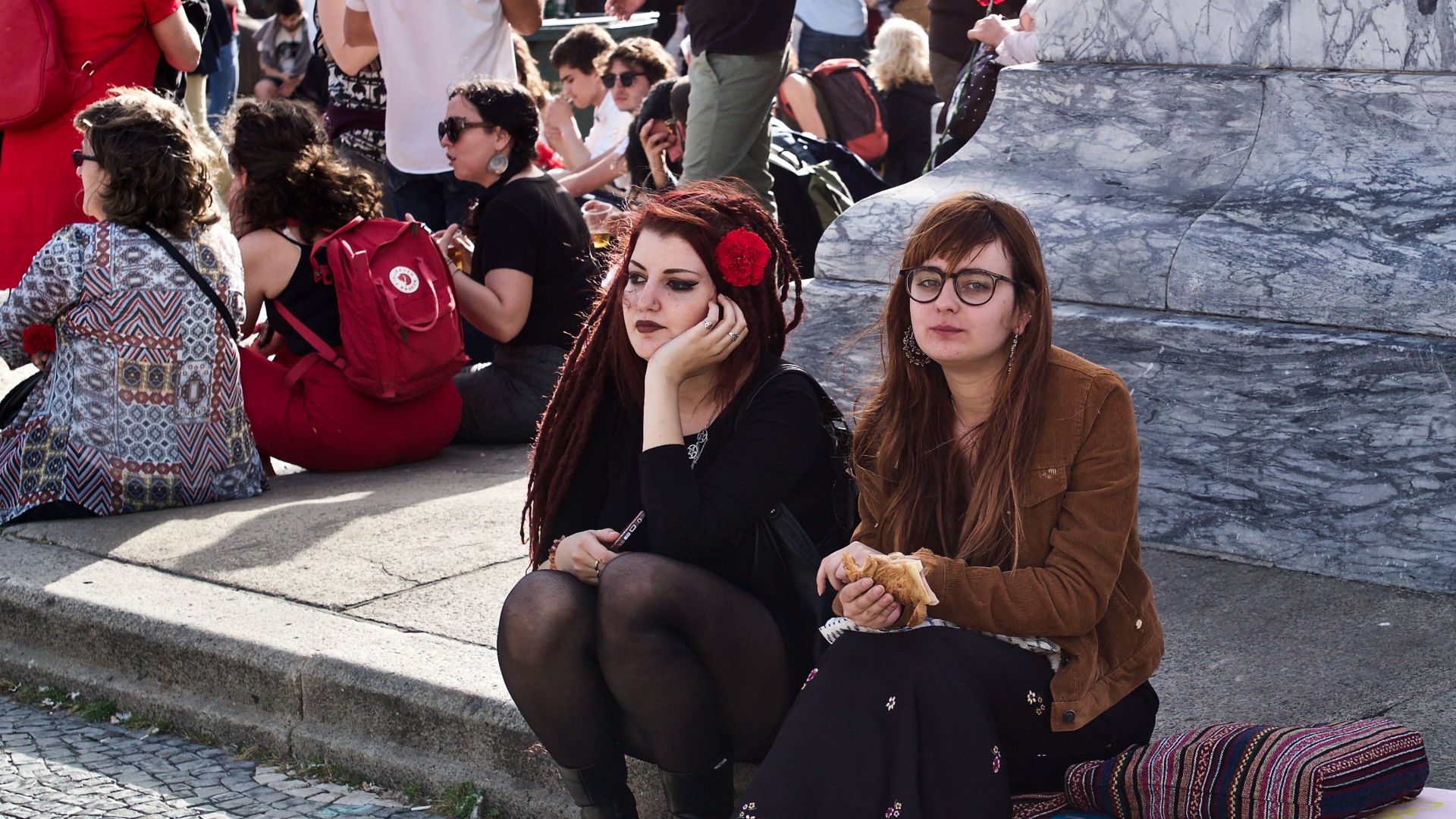 Pedro Ribeiro Simões from Lisboa, Portugal on Wikimedia
Pedro Ribeiro Simões from Lisboa, Portugal on Wikimedia
15. Romania
Religious holidays bring it out in full—cheek kissing as a sign of joy and blessing. It's used mostly between women or across genders and is not expected in business. Left then right is the usual order. Among older generations, it connects deeply with Orthodox Christian traditions and family pride.
16. Serbia
Children in Serbia learn early: one kiss, two, then one more for good luck. The triple pattern starts right, left, and right and shows up at birthdays or reunions. Unlike other countries, skipping the third can feel abrupt. Its presence reinforces sincerity rather than extravagance.
17. Philippines
"Beso" culture in the Philippines is an echo of Spanish influence. Women often greet with a single cheek-to-cheek touch—no lips involved. It's mostly urban and upper-middle class, not rural or formal. Among teens, it's often blended with laughter and a half-hug.
18. Russia
Emotion drives Russian greetings, not just tradition. Three alternating kisses—right, left, right—are common among family and lifelong friends. Public kissing among men is rare today, but among older generations, it lingers. You'll often see it at Orthodox holidays or when military veterans reunite after years apart.
19. Egypt
Watch a crowded Cairo household during Eid: cheek kissing moves like clockwork. Gender norms shape it—women kiss women, men kiss men. The count usually reaches two, sometimes more, among relatives. Kissing here is layered with cultural rules, often followed by affectionate phrases or forehead touches among elders.
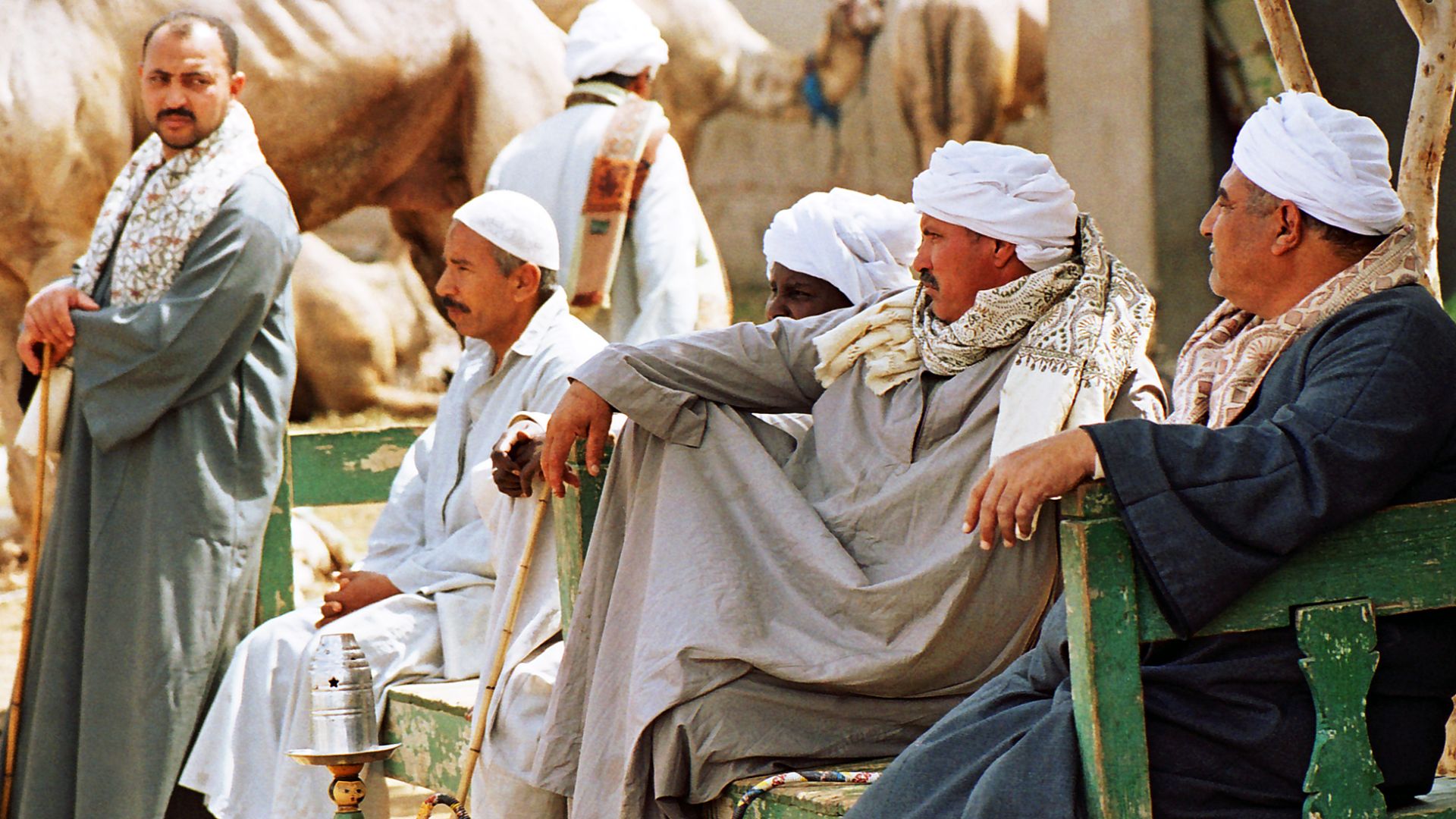 Dr. Ondřej Havelka (cestovatel) on Wikimedia
Dr. Ondřej Havelka (cestovatel) on Wikimedia
20. Morocco
Relationships define Moroccan greetings. Women greet women with two to four cheek kisses, depending on familiarity, starting on the right. Men might do the same or shake hands. Regional nuances matter—urban Casablanca differs from rural traditions. You’ll often find cheek kissing followed by hand-touching held longer than expected.


